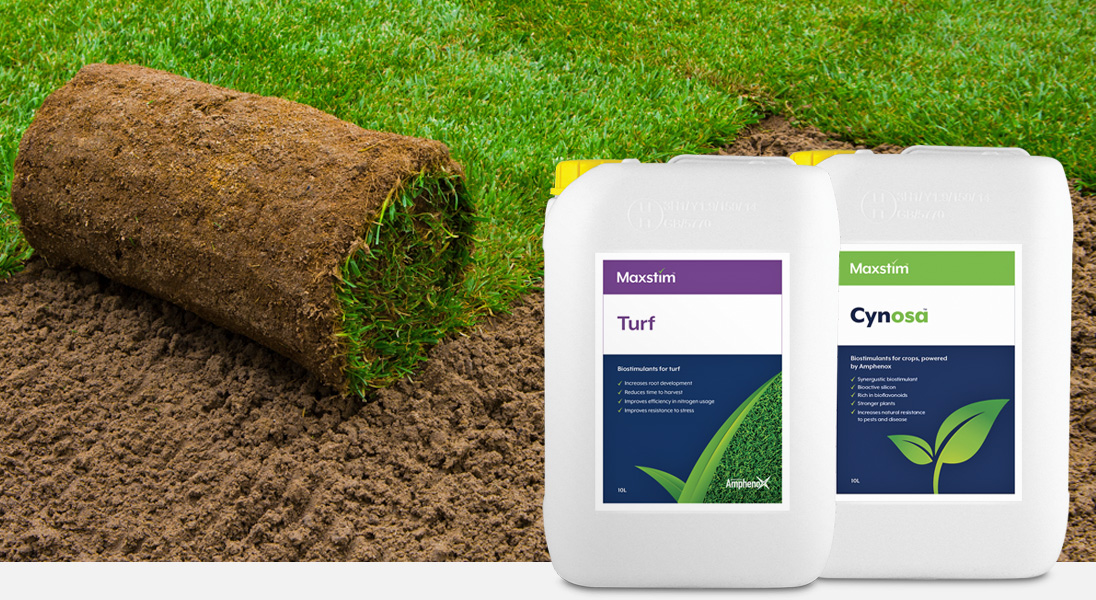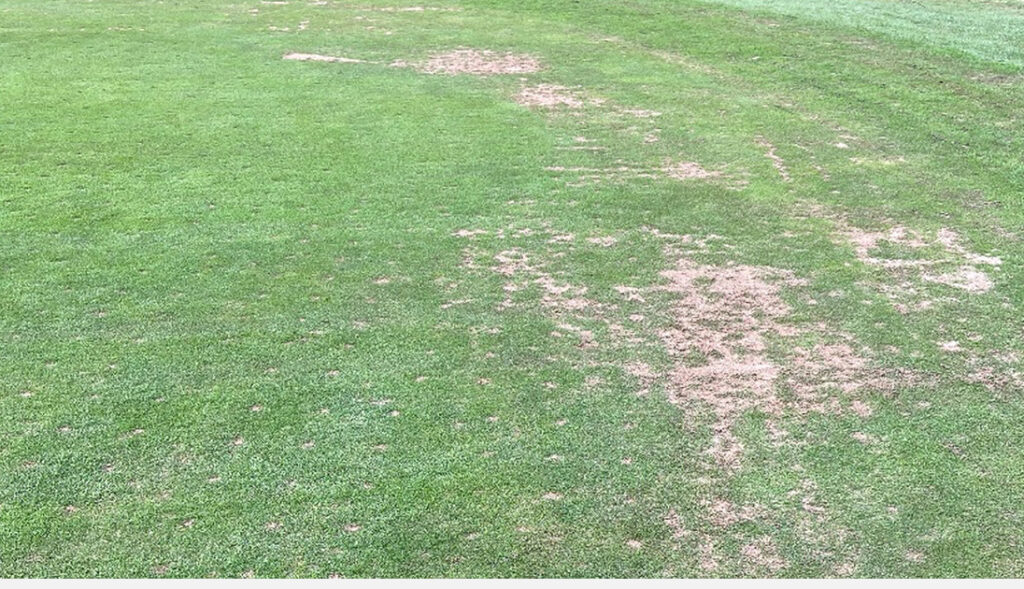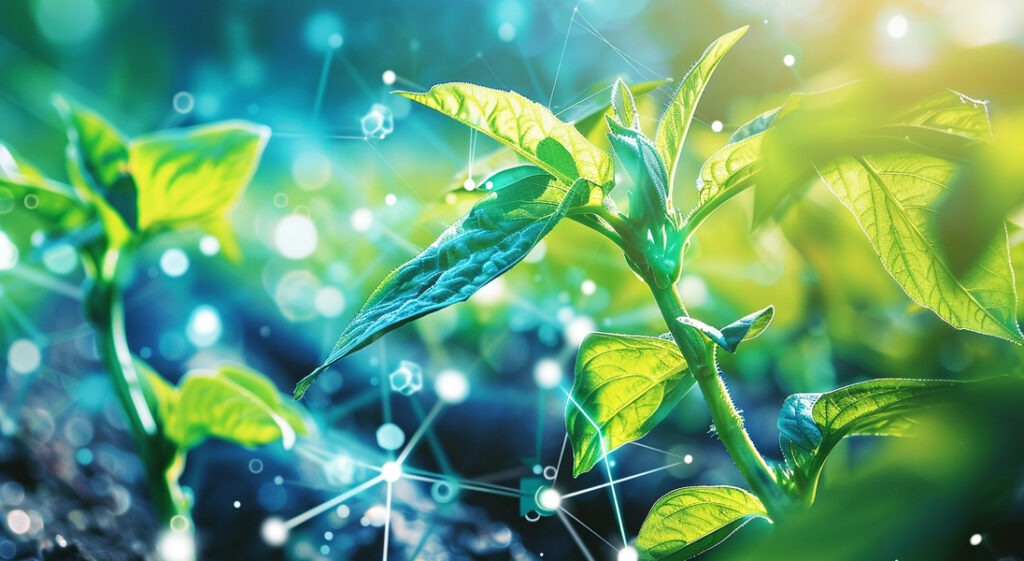Harnessing silicon to combat disease in Turf
Insight

Turfgrass production is already a multibillion-dollar industry and continues to rapidly grow.
However, turf management is not without its challenges; one of the most significant limitations on maintaining high quality turfgrass has been the industry-wide loss of multiple fungicides.
A better understanding of the associated health risks and threats to wildlife that can be inflicted by these fungicides means that there are increasingly stringent regulations on what can be used by growers. This reduction in viable and effective solutions has led to increased disease problems that are affecting crop production and can be difficult to overcome. As a direct consequence, this has stimulated interest in alternative approaches to pathogen control in turfgrass.
In particular, the ability of silicon to reduce turf disease has been examined, with applications of silicon often observed to reduce levels of conditions including gray leaf spot, dollar spot and brown patch in turfgrass species such as creeping bentgrass, bermudagrass, perennial ryegrass and St. Augustine grass.
Where disease control has been observed, it is believed a combination of mechanisms may be involved:
- deposition of silica in leaf tissues physically restricting the pathogen infection process
- silicon inducing plant disease resistance through stimulation of biotic stress responsive genes
While studies have confirmed that silicon applications can reduce pathogen levels (especially gray leaf spot) in many cases, the silicon rates required were high and greatly exceeding what is delivered via recommended rates for commercial turfgrass silicon products.
Consequently, there has been considerable interest in the development of specialised formulations containing novel silicon chemistries and plant extracts which act synergistically to deliver effective concentrations of silicon and induce plant disease tolerance.
Trials
Trials examining the potential of these materials for disease control are ongoing, with particular attention on their role in managing cool season turf pathogens such as Microdochium nivale. Evidence from the horticultural industry has shown that Maxstim complex biostimulants can be used in combination with lower rates of fungicides in the management of fungal pathogens.

There is always a practical requirement with these newly developed products to easily fit into the existing working practices and treatment regimes used by Greenkeepers and Groundsmen. Great care has been taken in the design phase to ensure these formulations are tank mixable with most other compounds, allowing ease of use in delivering silicon to the plants.
Through easy assimilation into pre-existing treatment regimes and demonstrable effective results, Maxstim’s Cynosa, our specialist silicon product, is perfectly placed to tackle these disease-related issues.
Want to find out more about how Cynosa can support the development of your turfgrass?
Tim Cannon
Email: tim.cannon@maxstim.com
Mobile: 07884 586191
Phil Kingsmill
Email: phil.kingsmill@maxstim.com
Mobile: 07860 269996
Tony Kelly
Email: tony.kelly@maxstim.com
Mobile: 07974 435417

